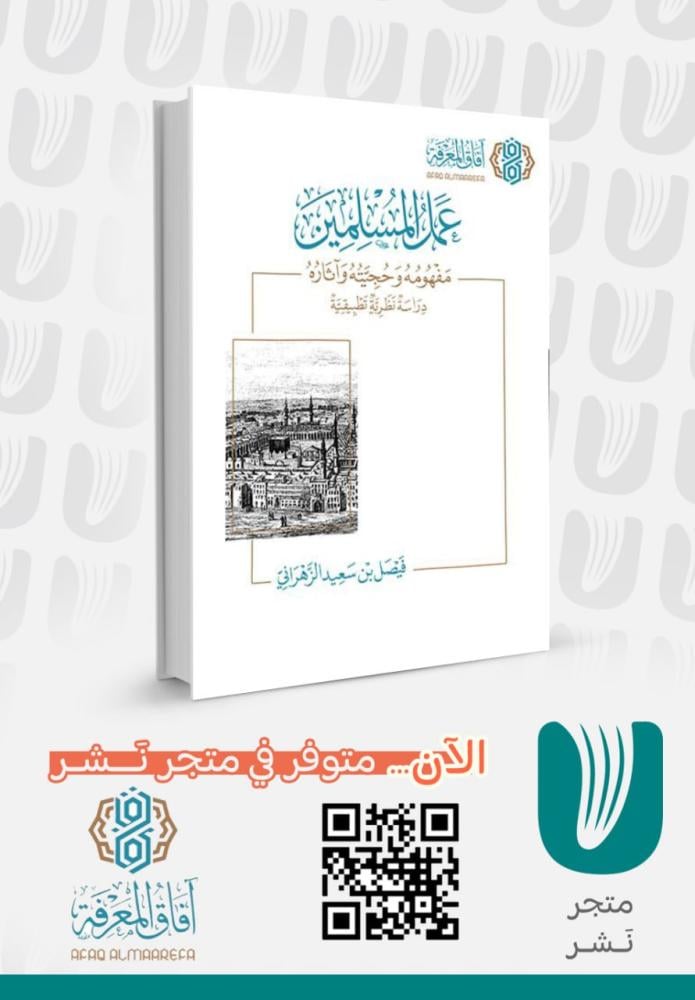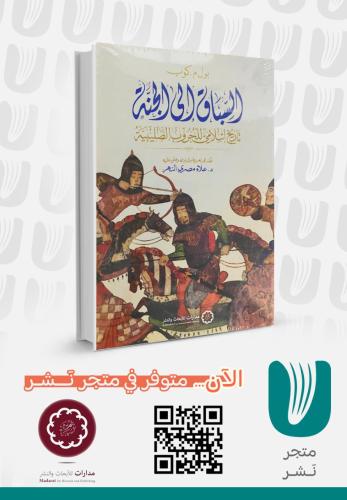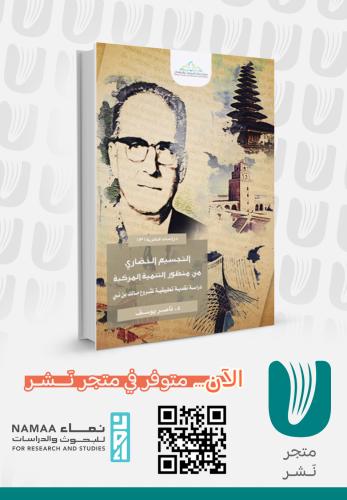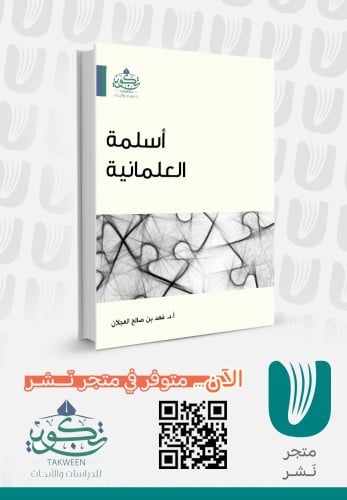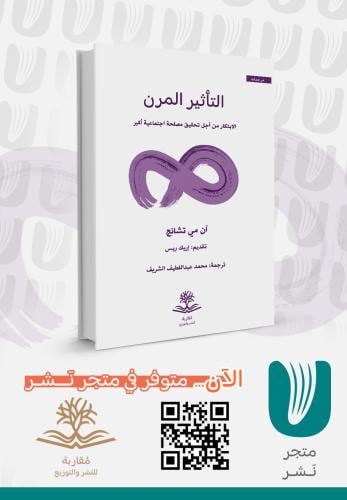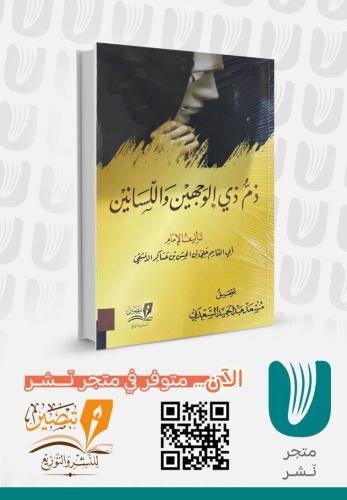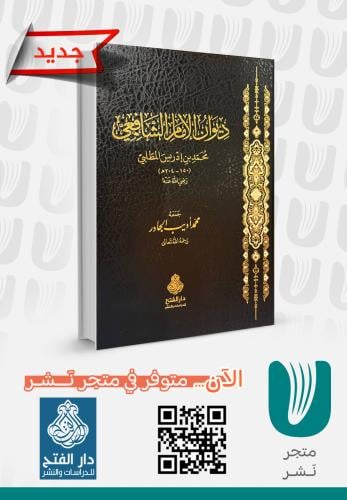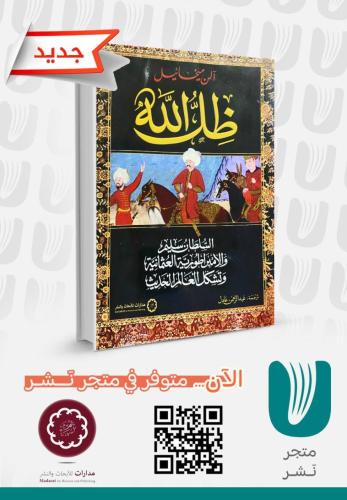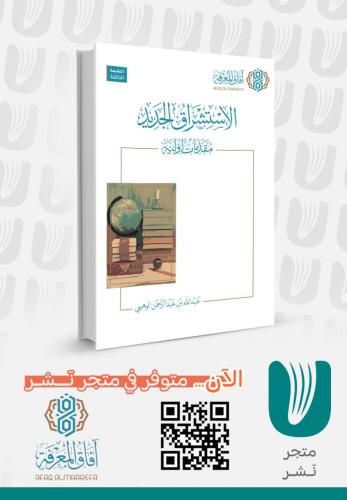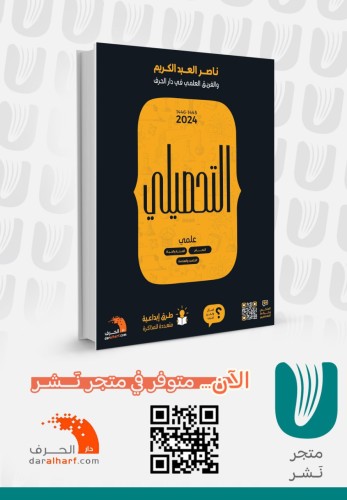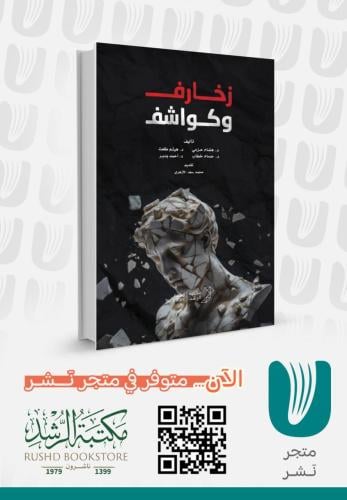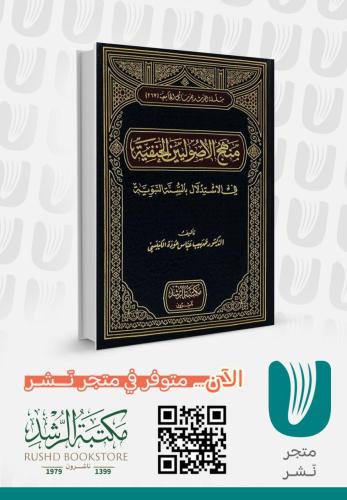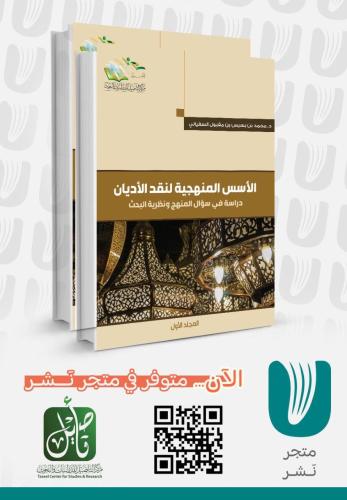Author Name: New Afaq Publications Number of Pages: 792 Book Size: 17×24 Publishing House: Afaq al-Ma’rifah Research into the sources of legislation and its evidence is one of the pillars of investigations of the principles of jurisprudence, and jurisprudence has no foundation unless the research into the evidence is disciplined and the one who considers it knows what he does not consider, and he has made an effort. The fundamentalists have made this clear and have expanded their statement on it, but one of the pieces of evidence that still needs to reveal its truth, determine its features, and determine the points of reference for it: “the work of Muslims.” This evidence, with its various terminology and various expressions, had a presence in the jurisprudence of the imams and their followers until the later eras, and even before that in the words of the predecessors, the Companions and Followers, and those after them. A few scholars have sought to root it, but the details of what is said about it are still latent in the jurisprudential blog without appearing. It is sufficient in fundamentalist research, and that is what this sober study sought to trace and reveal, as it traced the presence of this evidence and its fundamental roots, and the researcher sought to root it from its various sources, as he extrapolated the actions of the scholars and their applications of this evidence in individual issues and what came together for him from their fundamental words. He saw that some of it is due to agreed-upon evidence, such as definitive consensus and the Sunnah of the Prophet, and some of it is due to evidence in which there is disagreement, such as speculative consensus of its silent types, the saying of the majority, and others, such as the saying of the Companions, the work of the people of Medina, and custom, and some of it is not due to evidence, but rather it is the work of an innovator that contradicts the texts and is opposed to work. Old, so it becomes clear from this that there are many sources of this evidence in view of the truth and the outcome, even if they are few in the eye of the person who expresses his opinion. This study, with its chapters and chapters, is full of roots and filled with application, which provides an ideal picture of this evidence, the areas of its use, and the uses of scholars in applying it.

